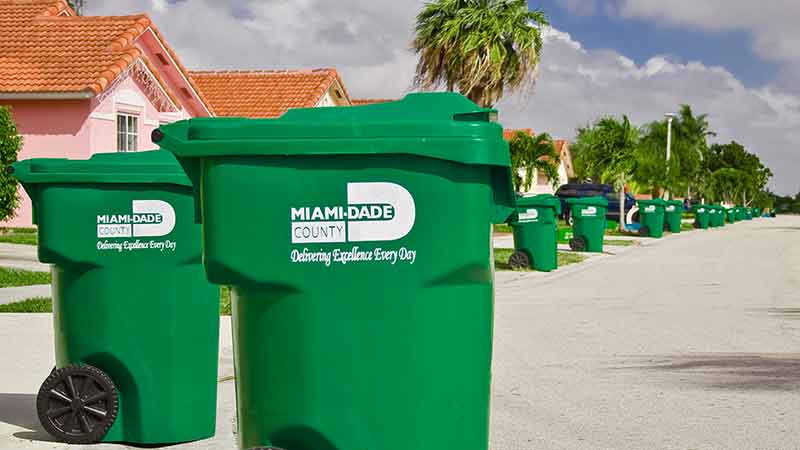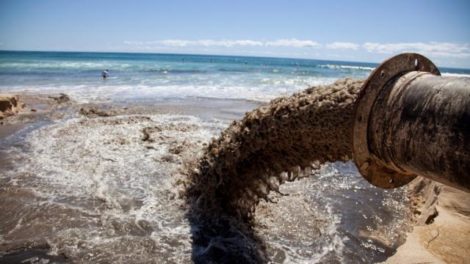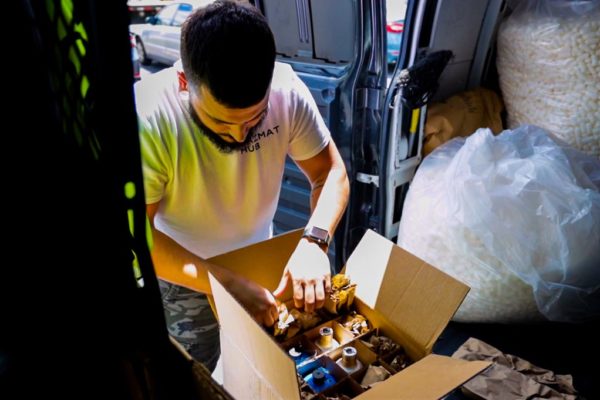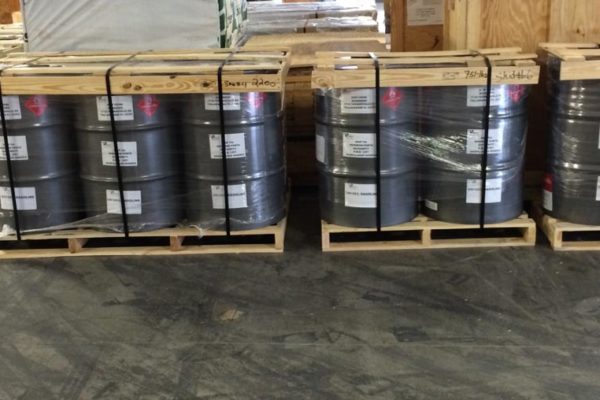Step 1: Hazmat Identification
Hazardous materials, Hazmat, can’t be thrown out like a regular piece of garbage. They’re not just disastrous for your health but they’re also disastrous for the environment. It’s much easier to say that you won’t use something that’s considered a hazardous material than to actually do so. So, what do you do? Well, it’s good to know that there are proper, procedural, ways of disposing of it. First thing’s first, it’s good to know what the material you’re dealing with is. The following chart categorizes hazardous materials into nine different categories:
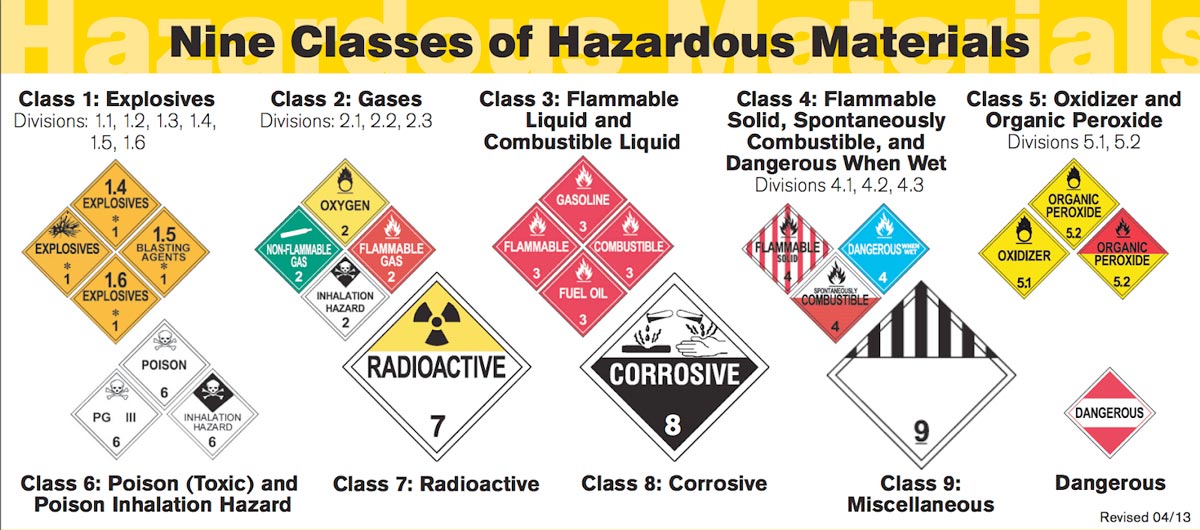
If the item you’re considering disposing off hase one of those labels on it then it is considered a hazardous material. But, hazardous materials aren’t just limited to those shown above. To go into further detail they can also be the items as follows:
- Automotive products: antifreeze, fluids, motor oil, etc.
- Batteries: home and vehicle batteries
- Electronics: Vs, computers, laptops, cell phones, etc.
- Flourescent Lightbulbs
- Devices/objects that contain mercury: Thermometers
- Paint products: oil-based, latex, and spray paints, etc.
- Garden chemicals: pesticides, herbicides, etc.
- Sharps: syringes and Needles
- Swimming pool & household chemicals: toilet bowl cleaner, shower/tile cleaner, etc.
All of these materials can have adverse effects on your health such as difficulty of breath, as well as, vision impairment. Not only that, but they can all cause negative long term effects on the land they’re improperly disposed of on. The steps to dispose of these materials is also not clearly advertised. What’s the next step?
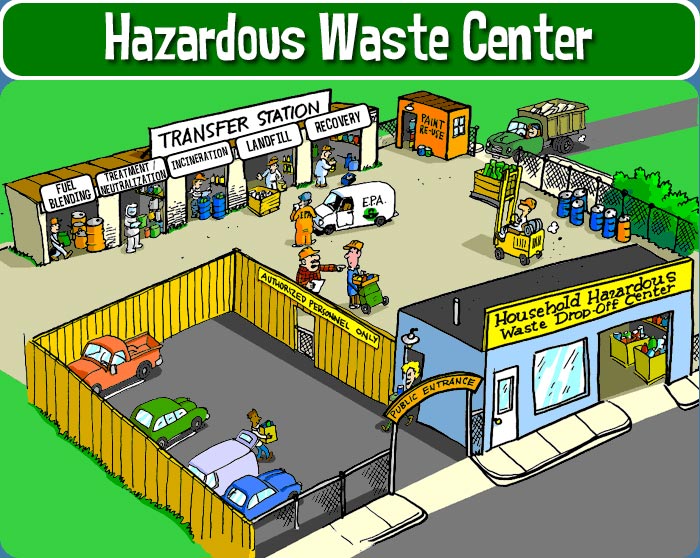
However, if you cannot place a mail-return order or a residential pick up order then you can take the undesired items to local community centers that also dispose of hazardous materials. By following these steps no only can you be a benefit to the environment, but you’d also be benefiting your own long term health.
For more information, follow us each week for the latest hazmat news or contact HazmatHub here.
